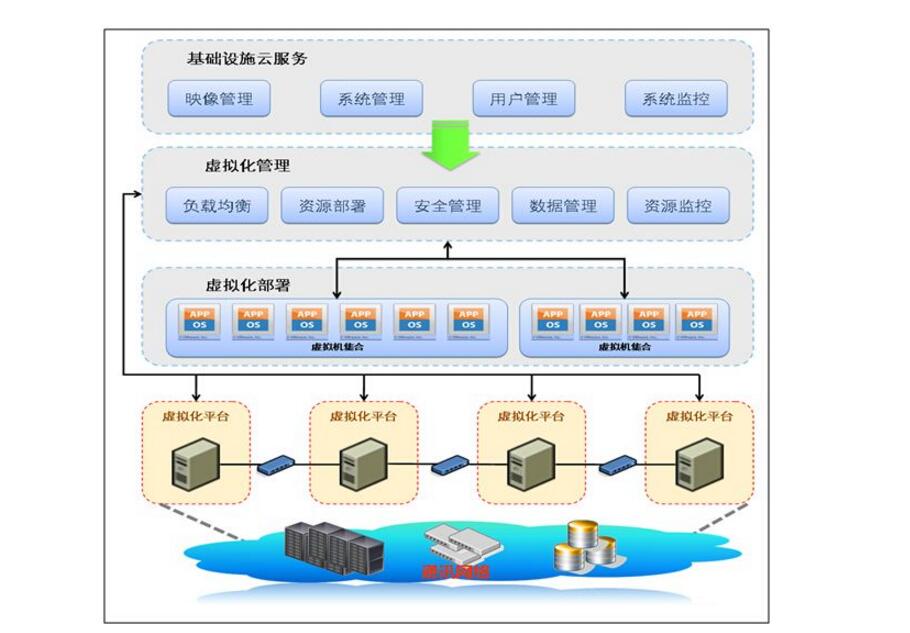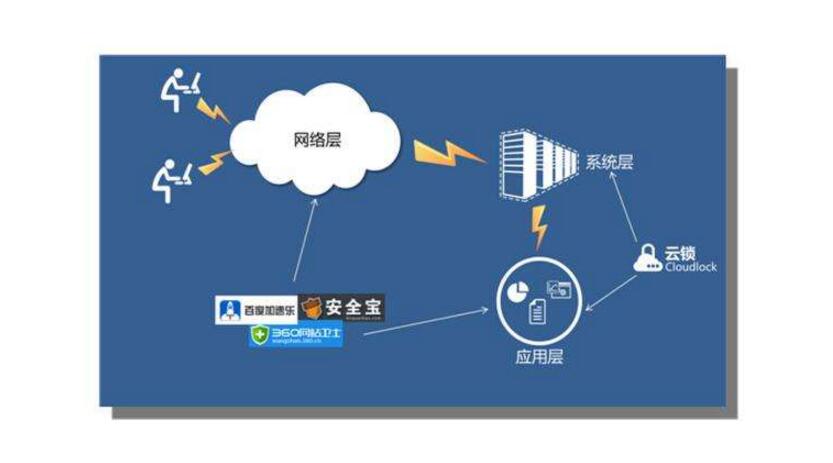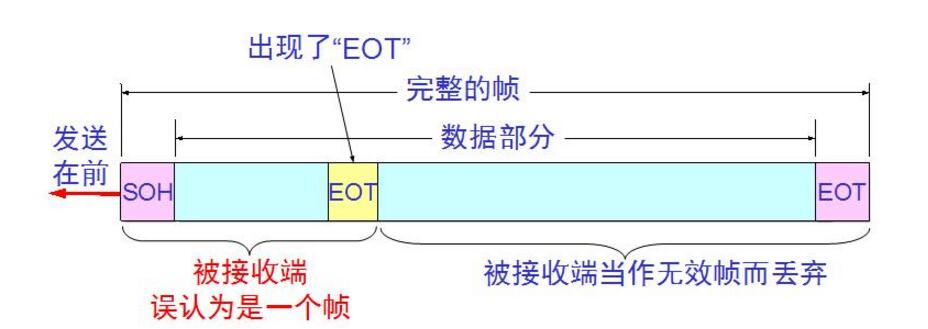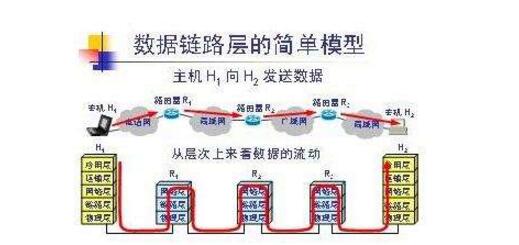The network layer is the third layer in the OSI reference model, between the transport layer and the data link layer. It further manages the network by transmitting data frames between two adjacent endpoints provided by the data link layer. In the data communication, the data is managed to be transmitted from the source to the destination through several intermediate nodes, thereby providing the most basic end-to-end data transmission service to the transport layer. The main contents are: virtual circuit packet switching and data packet switching, routing algorithm, blocking control method, X.25 protocol, integrated service data network (ISDN), asynchronous transmission mode (ATM) and internet interconnection principle and implementation.

Heterogeneous network interconnection
The so-called network interconnection refers to connecting two or more computer networks with one or more communication processing devices (intermediate devices) through a certain method to form a larger network system.
Physical layer relay system: repeater, integrator.
Data link layer: bridge or switch.
Network layer relay system: router.
Relay system above the network layer: gateway
2. Routing and forwarding
Routing: Refers to complex distributed algorithms. Dynamically changing the selected route based on the topology of the entire network obtained from each neighboring router
Packet forwarding: The router forwards the user's IP datagram from the appropriate port according to the forwarding table.
3. Congestion control
The phenomenon of network performance degradation due to excessive packet formation is called congestion.

The data link layer is the second layer in the OSI reference model, between the physical layer and the network layer. The data link layer provides services to the network layer based on the services provided by the physical layer. The most basic service is to reliably transmit data originating from the network layer to the target network layer of the adjacent node. To achieve this goal, the data link must have a series of corresponding functions, mainly: how to combine data into data blocks, which are called frames in the data link layer, and frames are data links. The transport unit of the layer; how to control the transmission of the frame on the physical channel, including how to handle the transmission error, how to adjust the transmission rate to match the receiver, and the establishment and maintenance of the data link path between the two network entities And release management.
The second layer of the Uu interface protocol in the mobile communication system is also called Layer 2 or L2.
Data link layer functionThe link layer provides data transfer services for the network layer. This service depends on the functions of this layer. The link layer should have the following functions:
1 link connection establishment, removal, separation.
2 frame delimitation and frame synchronization. The data transmission unit of the link layer is a frame, the protocol is different, the length of the frame and the interface are also different, but the frame must be delimited anyway.
3 sequence control refers to the control of the order of sending and receiving frames.
4 error detection and recovery. There are also link identification, flow control and more. The error detection uses square matrix code check and cyclic code check to detect the error of the data on the channel, and the frame loss is detected by the sequence number. The recovery of various errors is often done by feedback retransmission techniques.

1. Send and receive IP datagrams for the IP module.
2. Send an ARP request and receive an ARP reply for the ARP module.
3. Send an RARP request and receive an RARP response for the RARP.

The role is different: the data link layer implements specific transmissions ~ (only higher than the physical layer) and the network layer implements network functions.
The transmission unit is different: (obviously different) the network layer is the famous IP packet, and the DL layer is the data FRAME.
The protocol is different: the network layer is the IP protocol, and the data link layer protocol is many. HDLC and PPP, etc. Most of the programmers in the network consider the network layer.
SMT Feeder types,
1. different smt machines with different smt feeders, but different model of the same brand machine can use the same feeder,like Panasonic Feeder.
2. Base on the size and types of components, smt feeder could be divided into three types : Tube feeder; Tray Feeder; Bulk Feeder.
Tape feeders with the different size such as 8mm, 16mm, 24mm, 32mm, 44mm, 56mm etc.
3. Base on the feeder condition, smt feeder also could be divided into four types: original new SMT feeder parts, used original SMT feeder parts, imitation/copy new SMT feeder parts, imitation/copy used SMT feeder parts,
Original feeder is made by original smt machine production manufacturers. Due to the large demand for smt feeder, currently there are many copy new feeders parts. Our feeders quality is also very great and looking forward to your cooperation!
Feeder Parts,Smt Feeder Parts,Panasonic Feeder Parts,Parts For Panasonic Feeder
Shenzhen Keith Electronic Equipment Co., Ltd. , https://www.aismtks.com